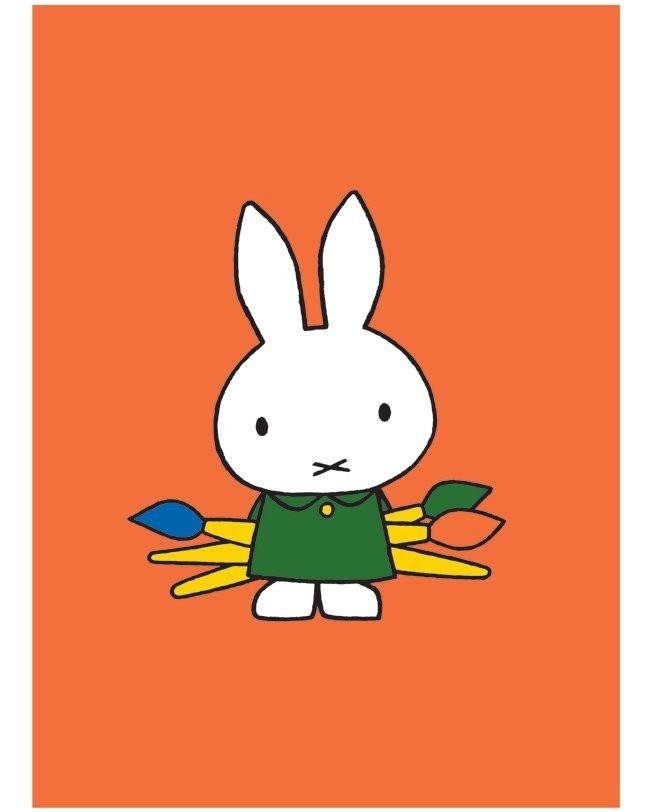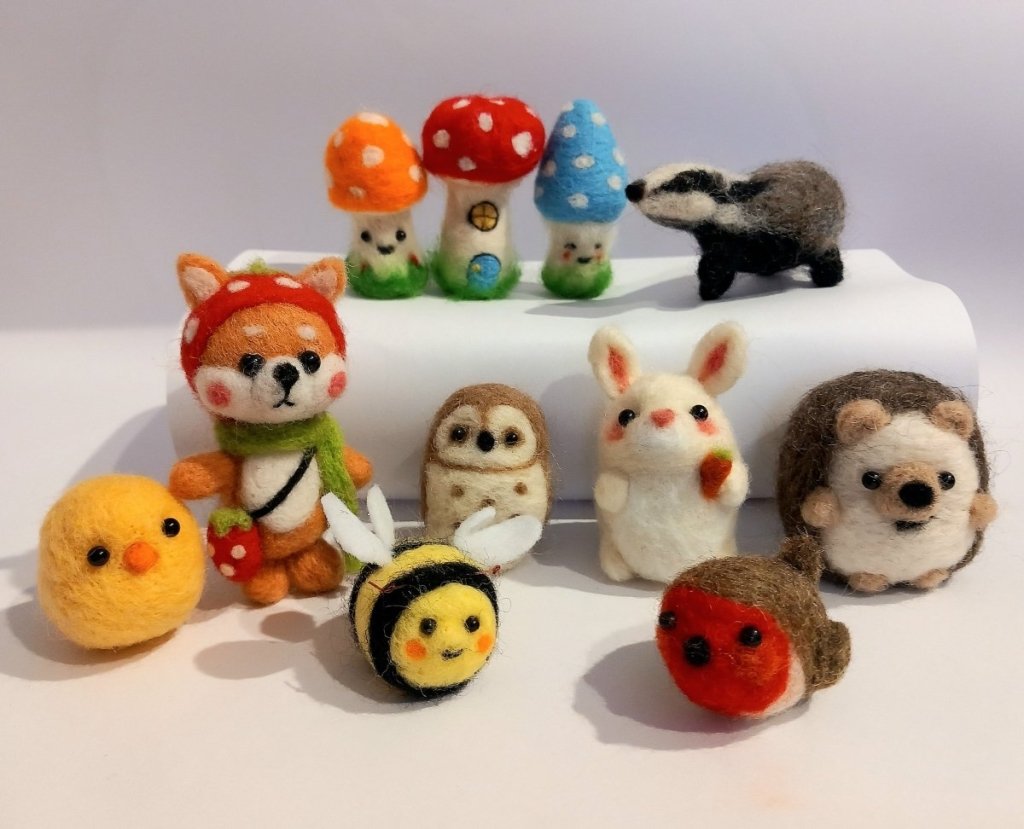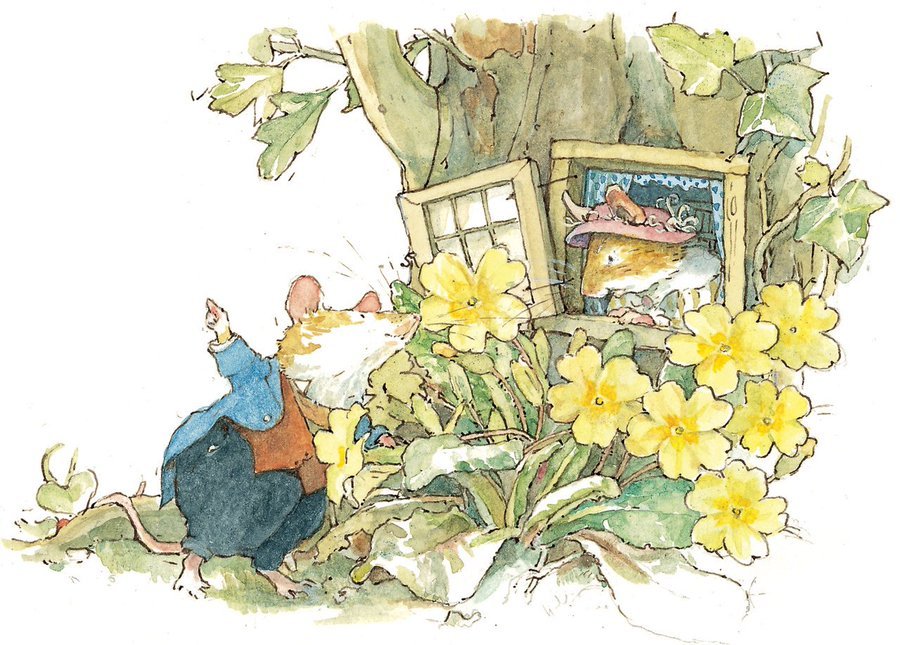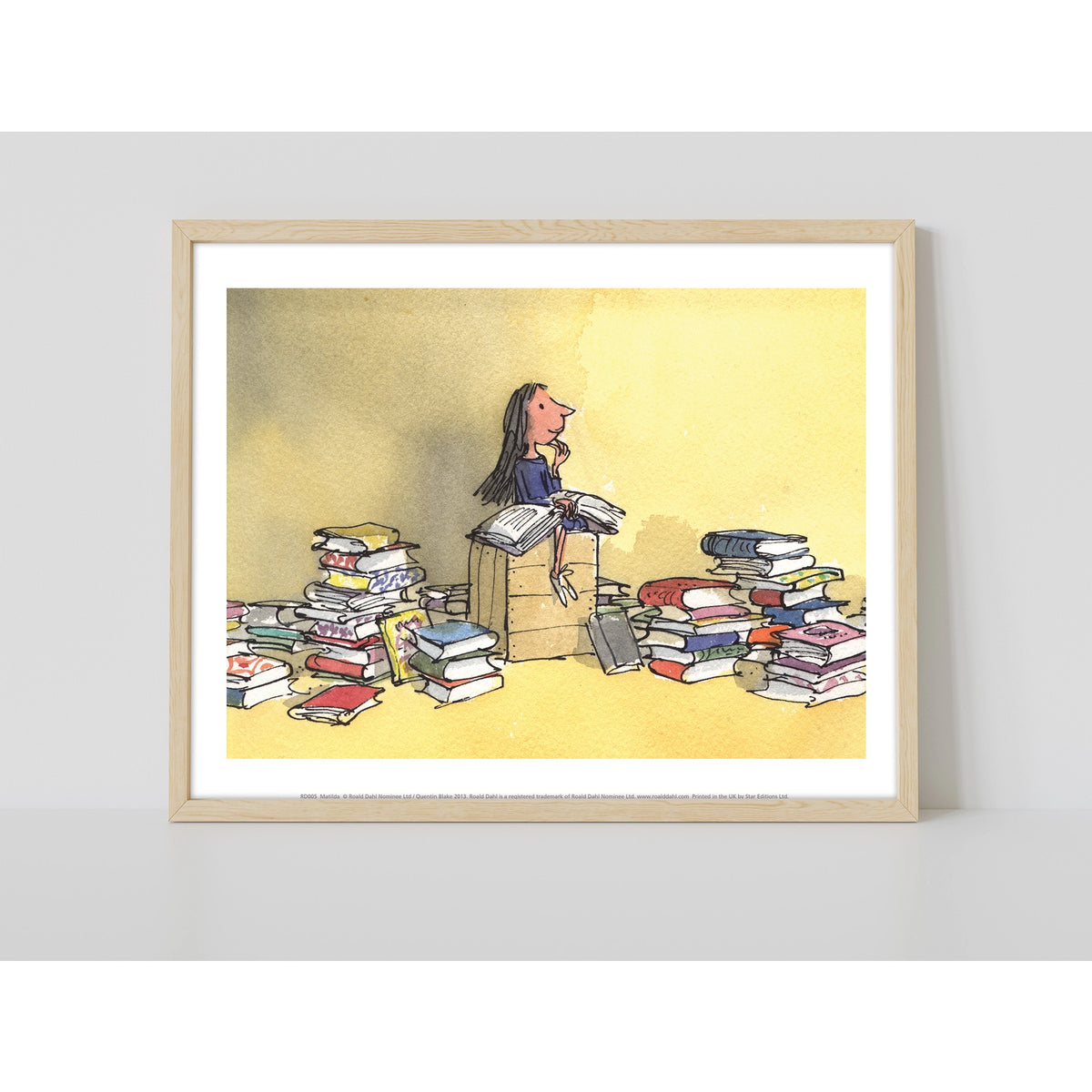The Man Who Made Miffy: Dick Bruna's Life and Art


Every month we blog about an illustrator that we love, giving you the opportunity to learn more about your favourite authors' background and influences, or to discover great picture books you may not have heard of. So far we've covered a diversity of artists, from the forgotten genius of twentieth century illustration Kay Nielsen, to the underground icon Tomi Ungerer. This month we've been learning about Dick Bruna, the man behind one of our favourite children's characters.

Dick Bruna was a Dutch illustrator, most famous for creating the iconic children’s character Miffy the rabbit. Miffy stars in a series of picture books, and a global range of merchandise; everything from chopping boards to cushions. Bruna was a very diligent worker, during his lifetime he created over 30 Miffy books, and a staggering 124 picture books in total! Miffy is now a worldwide brand and a literary sensation; she is a household name in Japan, and there is a museum dedicated to her in Bruna’s hometown of Utrecht in The Netherlands. Dick Bruna distilled the simplicity and joy of childhood into his streamlined designs, and nowadays his work is appreciated by children aged 0 to 100.
How it began
Dick Bruna was born in Utrecht in 1927, in a Chinese Zodiac year of the Rabbit, naturally! His father Albert Willem Bruna was a partner in a successful publishing company called A.W. Bruna & Zoon. When the Second World War started, the Bruna family took refuge in a lake district in the heart of the Netherlands, and it was here that the young artist started to develop his talents. Dick Bruna was unable to attend school during this period, and instead had to entertain himself at home all day long by painting and drawing his surroundings. During the time away from the city, Albert Willem’s publishing colleagues in design and illustration would often visit the family, and they sometimes took the opportunity to give the young Dick Bruna a drawing lesson.

After the war ended, Bruna strongly resisted becoming involved in his father’s business, saying that he didn’t have what it took to become a publisher. His father sent him to Paris for work experience at a publishing house there, but he was more interested in the city’s art history. The time in France gained him some of his most lasting influences, and the artists he discovered in Paris continued to impact his style throughout his career. Eventually, he became involved in his father’s company in a different capacity, as a graphic designer. He worked on book covers and his role gave him the scope to develop his simplistic and graphic illustration style.

Book covers designed by Dick Bruna. (Photo by Present & Correct).
“And, sure enough one lovely day, their little bunny came.”
A couple of years after joining his father’s company, Dick Bruna married Irene de Jongh and three children followed. Having young children inspired Bruna to create his most well known character. After seeing a rabbit running in the sand dunes during a rainy holiday in coastal Holland, Bruna told his young son stories about the rabbit’s daily life, and Nijntje ,(the original Dutch name for Miffy), was born.
The first Miffy book. Buy it here.
Nijtnje is part of the Dutch word konijntje meaning “little rabbit”, (quite similar to the Irish coinín!). Initially, until the book’s translation into English required a pronoun, Miffy was simply a small bunny, neither a girl or a boy. People who grew up with Miffy in the Netherlands often perceive Miffy as a boy, or as simply genderless. The name Miffy, thought up by an English editor when the first book was translated, has a more feminine undertone than the Dutch Nijntje.
Miffy’s usual smock type outfit wasn’t meant to indicate her gender either, Bruna simply found that dresses were more shapely to draw than trousers. Bruna always had a lot of fun with Miffy’s clothes, like this snow hat which fits neatly around both her ears!

The simple life
Even though Miffy wasn’t originally conceived as a girl, she is a strong female rolemodel for young readers. Miffy has an active and independent lifestyle, she cycles, toboggans, and paints. And she doesn’t let wearing a dress, or being a rabbit, hold her back!
Miffy glides gracefully through the tempestuous years of a toddler, nothing much seems to bother her. The text in Bruna’s books is sparse and rhyming, there are only four lines per page, and the strories focus on simple actions and activities. It’s this simplicity which makes Miffy so reassuring for young children and for stressed out adults. In the first, eponymously titled Miffy book, we spend most of the book in anticipation for the birth of the bunny. She arrives fully formed, and with a tilt of the head, her story begins.
Buy the original Miffy book here.
Miffy never has temper tantrums, she expresses all of her emotions through a simple tilt of the head or an infinitesimal change in facial expression. In Miffy is Crying, the bunny loses her bear and is, understandably, very upset. With the addition of two single tear droplets on her face, Dick Bruna expresses her sadness without having to alter the iconic design of her face. Bruna said that for every book he made, about 12 pictures were published, but hundreds were drawn. He would draw and redraw Miffy’s two dots for eyes and cross for mouth and nose, until it had precisely the right micro-expression. He’s quoted in The Guardian’s obituary of him as saying “With two dots and a little cross I have to make her happy, or just a little bit happy, a little bit cross or a little bit sad – and I do it over and over again. There is a moment when I think yes, now she is really sad. I must keep her like that.”
Meticulous Miffy-making
Bruna meticulously created each of his illustrations by hand using the same method every time. First he would use black paint to create the outline of the drawing, and transfer the outline to a transparent cel. Then he would cut shapes out of coloured paper and hold them up the transparent drawing to see which colours fit best. Coming from a design background meant Bruna was extremely specific about what colours he used. He selected a small number of “Miffy colours” and stuck to them religiously. There is a Miffy orange and a Miffy blue, and these are immediately recognisable to young children who tend to associate stories with colours and design more so than text.
Get your very own Miffy to bring home here. Head tilt included.
Bruna was very particular about each and every illustration of Miffy, and he took his wife’s opinion as tantamount. If she didn’t like a certain drawing, he would put it away for several months. He always said that when he took it back out again, he would realise she was right!
A portrait of the bunny as a young artist
Dick Bruna’s start in graphic design meant that he was always regarded as a designer, rather than as a visual artist. He never finished high school and was completely self taught as an artist; at one stage he enrolled in art college in Amsterdam, but he felt out of place and soon dropped out.
Miffy made Bruna a huge success outside of his home country almost immediately, but the appreciation of him as a visual artist has been slower to grow. In 2015 the Rijksmuseum in Amsterdam mounted a show of his work, poignantly titled “Dick Bruna. Artist”. This was designed to offer a new perspective on him as an influential visual artist, as well as a commercially successful designer and children’s book author. While living in Paris in his youth, Bruna was very influenced by his discovery of visual artists like Matisse and Léger. These artists’ work encouraged him to combine line and shape in a unique way. Like Matisse, Bruna would cut shapes out of coloured paper and arrange them by hand. (Read about how contemporary picture book maker Chris Haughton also employs this method in another of our blog posts, here).

This drawing of Miffy in an art gallery is often compared side by side to "La Gerbe" by Henri Matisse. It shows the influence of the Matisse’ sense of colour and shape on Dick Bruna.

"La Gerbe" by Henri Matisse. Image from Taschen’s book Henri Matisse: Cut Outs. Drawing With Scissors.
Fernand Léger was another French artist whose expressive style influenced Dick Bruna. Léger, like Bruna, uses thick black lines and primary colours, the combination of which gives both artists' work a sense of childlike energy.
Bruna never used a ruler, and all of his lines have a slight hand drawn wobble. This gives his work more character and charm than anything that could be drawn carefully and measured. Even though Miffy is a minimalist design, she retains the charm of a hand drawn illustration.
Life imitates art
The more you learn about Dick Bruna, the more you see of him in Miffy. Like her creator, the young rabbit is interested in drawing and painting. In Miffy The Artist she visits a gallery and immediately decides to become an artist herself. Bruna was born into a family business that didn’t interest him, but he managed to use it to his advantage to become an illustrator. It's this straightforward “why not” attitude to life that makes Miffy such a brilliant role model for young children.
Get the print: Miffy the Artist
There are other similarities too, like Miffy’s practical nature. Whether it’s cycling a bike up a hill, or visiting the beach, Miffy gets on with the task at hand. Bruna himself was a punctual, hardworking man. He cycled to work in the same studio every day for 30 years, and when he accepted visitors to observe his work, he liked them to be on time and to leave promptly. You can almost imagine Miffy coming to visit her creator for tea, hanging up her raincoat, observing silently for precisely 20 minutes, and then leaving on her bicycle. Bruna and Miffy made a good team. We are lucky to know them.
Shop our range of Dick Bruna prints and Miffy merchandise here.
We also have lots more Dick Bruna cards and postcards to choose from in our lovely shop on Drury Street, in Dublin's city centre.
Words by Sophie Meehan.









